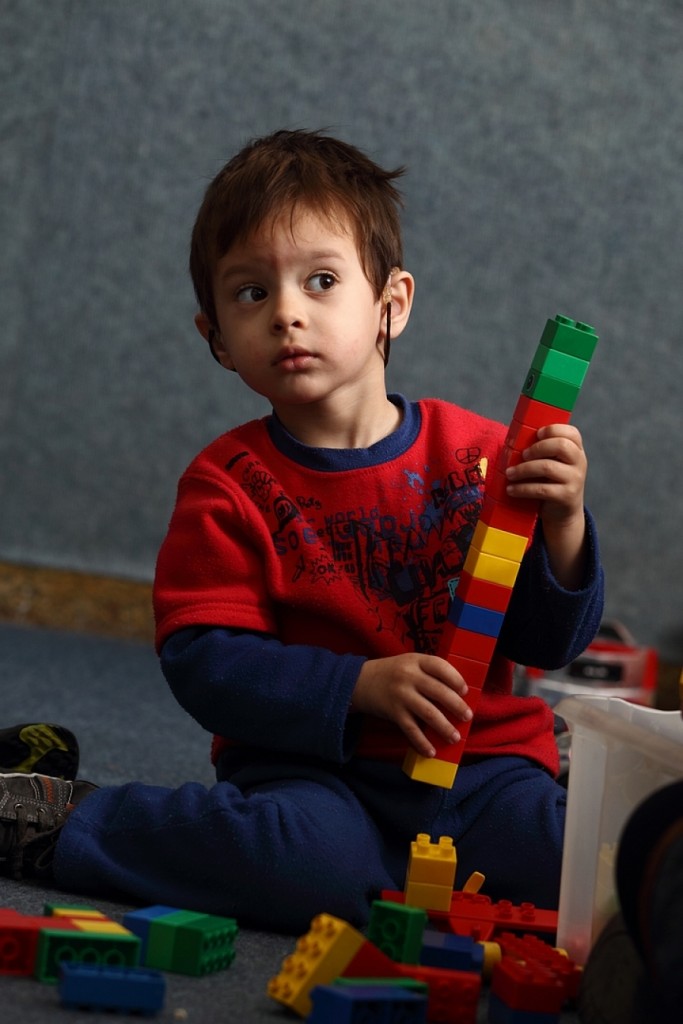The process of fitting hearing aids for babies and toddlers is different from fitting them for adults or even older children.
Optimizing their fit for toddlers requires knowledge of child development, anatomy of the ear at such a young age, processes of language and speech development, speech acoustics and acoustic signal processing.
What is required of hearing aids tailored for young babies?
- The device should be flexible in terms of its amplification capabilities in order to allow adaptation to situations such as fluids in the middle ear, deterioration of hearing and changes in hearing thresholds due to changes in ear volume.
- The device must allow connection to an FM system (or a remote microphone), which will become relevant in the future.
- The device must have a minimum number of channels that allows flexibility in its programming.
- The hearing aids must be adjustable according to calculation formulas that take into account the unique characteristics of early childhood (DSL).
It is important that the hearing aids recommended for babies be able to control digital parameters of sound processing that are recommended for adults (directional microphone, noise processing mechanisms). These mechanisms are not recommended for babies and toddlers because of the need for exposure to stimuli for casual learning and for the maturation of higher auditory functions.
At a very young age, it is not possible to rely on structured tests to assess auditory function with the various devices (except for ling sounds that reflect the frequency range of speech sounds), therefore observation by staff members skilled in hearing tests and the function of infants and young toddlers is required.
The adjustment process as was previously accepted in the sound-proof room does not fully reflect the auditory function of the child with the digital hearing aids in everyday life.
A hearing test in the sound-proof room only reflects responses to weak sounds.

In the matching process we use objective measures such as the Verifit® testing system. These indicators provide a starting point for the optimal direction of the devices but do not predict the child’s functioning.
For optimal orientation of the hearing aids, we use information obtained from beyond the sound-proof room – from the treatment rooms, the kindergarten and the home, with the involvement of a therapeutic and educational team and with the cooperation of the parents. In cases of unilateral cochlear implant implantation, we involve the parents in the decision regarding the timing of fitting the personal device (before or after implantation).
At Beit Micha we believe in the participation of the parent as a full partner in the intervention process. The parents’ partnership in the process of fitting and adjusting the devices is another opportunity for partnership with the parents and their empowerment.

